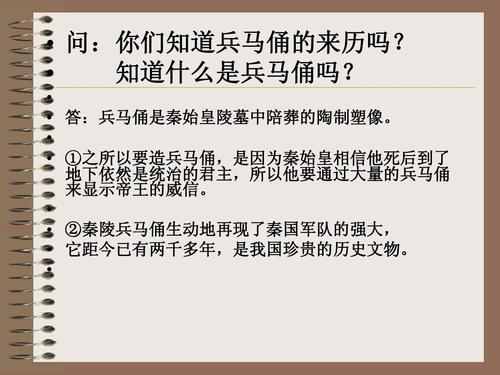
How Did They Preserve the Terracotta Army?
The Mystery of the Preserved Weapons
For centuries, the Terracotta Army has captivated the world with its sheer scale and intricate detail. Thousands of life-sized warriors, each with unique features and weaponry, stand guard over the tomb of China's First Emperor, Qin Shi Huang. But perhaps even more astonishing than their appearance is the remarkable state of preservation of their bronze weapons. Buried for over 2,000 years, these swords, spears, and arrows remain remarkably sharp and resistant to rust. How is this possible?
A Fortunate Combination
Scientists now believe they've uncovered the secret to the Terracotta Army's enduring arsenal: a combination of factors, both intentional and accidental, contributed to the weapons' incredible preservation.
1. The Craftsmanship: Bronze Alloy and Chromium
The weapons themselves were expertly crafted using a bronze alloy that contained a small amount of tin. This specific alloy, chosen for its strength and sharpness, already possessed a natural resistance to corrosion compared to pure copper.
Further enhancing their longevity, analysis revealed the presence of chromium on the surface of the bronze weapons. While not deliberately added, the chromium likely originated from the lacquer used on the weapons or other materials present during the burial process. This chromium layer acted as a protective barrier, preventing oxidation and corrosion.
2. The Environment: Alkaline Soil and Protective Layers
The environment in which the Terracotta Army was buried played a crucial role in preserving the weapons. The soil in the region, where the army was discovered, is naturally alkaline. This alkalinity creates an environment that is hostile to the microorganisms and chemical reactions that typically cause metal to corrode.
Additionally, layers of soil, sand, and other materials that covered the army acted as a physical barrier, further shielding the weapons from the elements and fluctuations in temperature and humidity.
Debunking Previous Theories
This groundbreaking research challenged earlier assumptions that the weapons' preservation was solely due to the chromium coating. While chromium undoubtedly played a significant role, the study highlights the combined impact of both the bronze composition and the burial environment's unique characteristics.
The Legacy of Ancient Craftsmanship and Environmental Factors
The enduring legacy of the Terracotta Army is a testament not only to the artistry of its creators but also to the unexpected collaboration between human ingenuity and the natural world. The deliberate choice of materials, combined with the fortuitous environmental conditions, has gifted us with a glimpse into the military might and metallurgical prowess of ancient China.
Q&A
Q1: What material are the Terracotta Army's weapons primarily made of?
A1: The weapons are primarily made of a bronze alloy containing a small amount of tin.
Q2: What environmental factor contributed significantly to the preservation of the weapons?
A2: The alkaline nature of the soil in the region where the Terracotta Army was buried helped prevent corrosion.
Q3: Why is the presence of chromium on the weapons significant?
A3: Chromium, even in small amounts, acted as a protective barrier against oxidation and corrosion, further preserving the weapons.